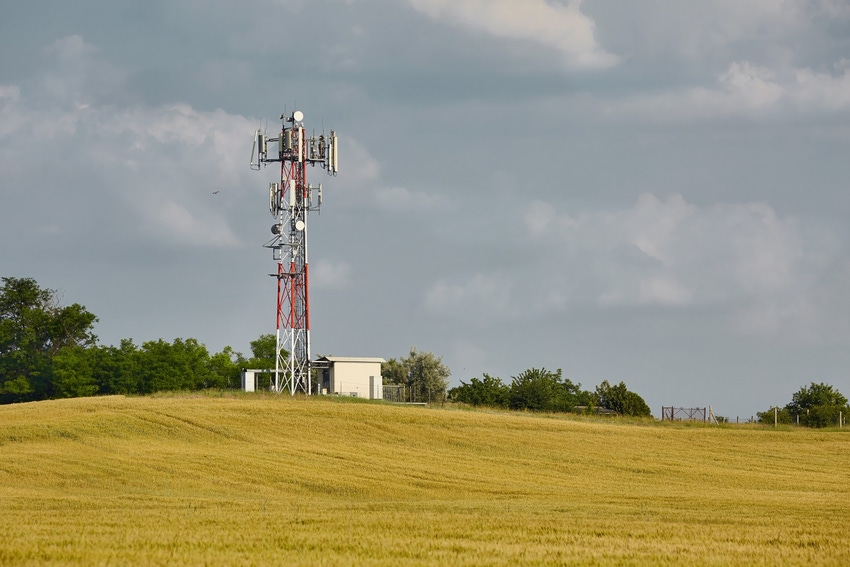Crown Castle has posted a strong set of financials for last year and is already upping its 2022 guidance. But the big news is around small cells; after years of hype, we are finally starting to see some traction.
January 28, 2022

Crown Castle has posted a strong set of financials for last year and is already upping its 2022 guidance. But the big news is around small cells; after years of hype, we are finally starting to see some traction.
Well, probably. The infrastructure specialist is much more bullish on small cells than it was just six months ago, but its predicted uptick in the market is still a year away. And given that this industry has had a lot of false starts on small cells, it would be unwise to fully bank on a new dawn in 2023. Nonetheless, there are encouraging signs coming out of the US and Crown Castle is as well placed as anyone to interpret them.
Crown Castle this week published some decent-looking full-year figures, reporting 8% growth in site rental revenues to US$5.7 billion, a 12% increase in earnings, and 16% AFFO uplift; that’s adjusted funds from operations and represents an important metric in the real estate investment trust (REIT) sector. We expected its numbers to be good; Crown Castle increased its outlook on two separate occasions last year.
It has already increased its guidance for 2022, incidentally, despite the fact that we’re still in January. The firm inked a new 12-year deal with existing customer T-Mobile US earlier this month for the use of its towers and small cells for 5G, and as a result has added $250 million to its current year revenue picture.
The broader 5G build-out in the US was in no small part responsible for Crown Castle’s 2021 performance, according to canned comments made by CEO Jay Brown alongside the results announcement. He also noted that Crown Castle expects higher levels of tower leasing to continue in the current financial year, predicting his company will be able to claim the highest US tower revenue growth.
But – finally – it’s not all about towers.
Crown Castle secured commitment for more than 50,000 new small cell nodes during the past year, which equates to around 70% of its order history prior to that, and as a result has 55,000 small cell nodes on air and over 60,000 committed or under construction in its backlog.
“Our customers are already planning for the next phase of the 5G build out that will require small cells at scale, and this inflection in our small cells business reflects how well positioned we are to support their wireless network needs for years to come with our more than 80,000 route miles of fibre concentrated in the top U.S. markets,” Brown said.
“I believe 2022 will be an important transition year for our small cells and fibre business, as we prepare to accelerate our deployment of small cells from approximately 5,000 this year to what we expect will be more than 10,000 per year starting in 2023,” he added.
We already had that 5,000 figure; it’s what Crown Castle forecast back in July. But 10,000-plus per year from next year is a new, concrete number, and contrasts favourably with the unquantified optimism the firm was sharing six months ago. The message then was that the market would come into its own eventually, and it is starting to look like ‘eventually’ might now be just around the corner.
We’ve been here before, believing that the small cells market is about to boom on the back of the network densification requirements of 5G, that is, so this is a positive sign hedged with caution. But with the US operators starting to take the plunge, this time it could be different.
About the Author(s)
You May Also Like








.png?width=300&auto=webp&quality=80&disable=upscale)


_1.jpg?width=300&auto=webp&quality=80&disable=upscale)


.png?width=800&auto=webp&quality=80&disable=upscale)